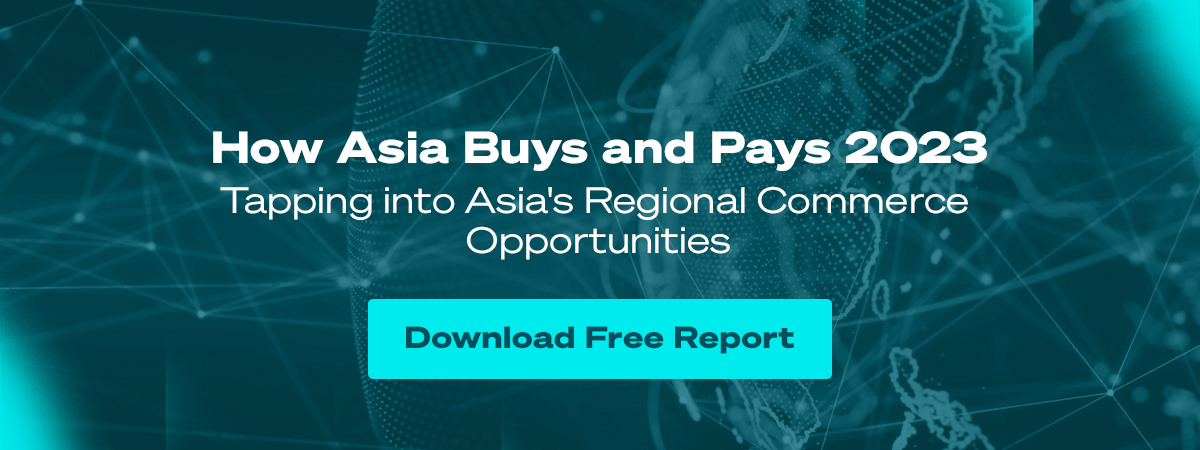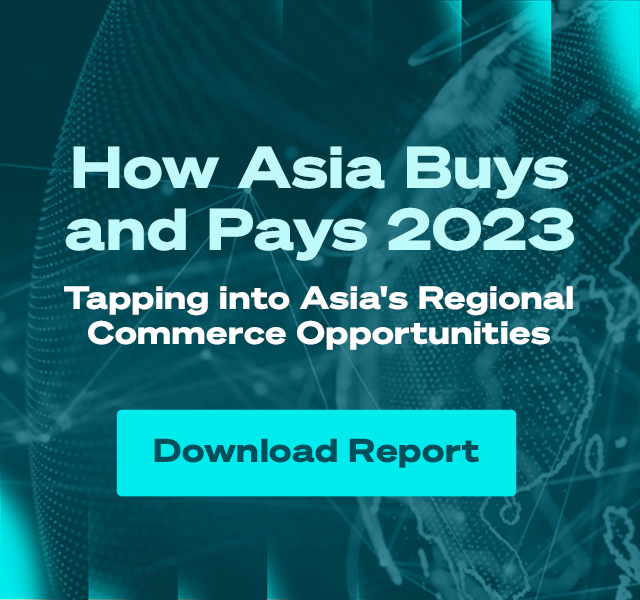
Insurers Embrace Digital Solutions to Accelerate Growth
The insurance sector is unique. While companies in other industries regularly take risks to succeed, insurers understand that their value to customers often depends on not taking risks.
Insurance is the hedge against uncertainty - a stable, reliable resource for when change can be bad, not better.
This explains why some insurance companies have been slower to embrace the digital solutions transforming other industries, especially in emerging markets like Southeast Asia, where new technologies are helping countries leapfrog decades of development in just a few years.
But there are some solutions - such as digital payments - that could provide insurers with the benefits of change and minimal risks.
Demand for digital
There’s been a wave of digital adoption since the start of the pandemic. In Southeast Asia alone, 40 million people accessed the Internet for the first time. About half of those using online education and grocery shopping only signed up in the last year.
The pandemic has also increased the demand for insurance. About 1 in 3 people in Southeast Asia feel anxious about their health, and more than half are searching for new insurance policies.
This situation appears to be a rare window of opportunity. New demand for insurance coupled with the convenience of digital payments could drive the kind of growth that is now occurring in sectors like digital banking and online shopping. A survey by Swiss Re, for example, found 68% of people are now looking for end-to-end digital solutions when they buy insurance.
And yet, while demand is rising for insurance and digital options, the industry remains cautious - with insurers in APAC the most cautious of all. Just 41% of APAC insurers embarked on a digital transformation during the pandemic compared with 59% in Europe and 55% in North America.
This caution is understandable. The insurance industry is highly regulated with strict compliance, while insurance products are complex and not always easy to explain. Together with the risk-aversion of their customers and technical challenges such as reconciling payments in real-time, it’s not surprising that a transition to digital solutions will be slower than some other industries.
Nevertheless, change is inevitable, and some are moving faster than others.
With traditional insurers spending just 3.6% of their revenue on technology — about half the amount spent by banks — a growing number of digital insurance startups are emerging to fill the gap. Last year, these so-called insurtechs raised $7.5 billion to provide consumers with digital solutions from their insurance companies.
Some established insurers are moving quickly as well. The insurance company MSIG, for example, partnered with 2C2P to create a secure digital platform that facilitates a variety of payments on mobile and other devices. Likewise, Thai car insurance company EasyCompare leverages 2C2P's solutions to offer its customers a wider range of payment methods for their insurance premium settlements.
The shift to digital, especially in emerging markets with a large population of digital-first millennials, gives early entrants access to an expanding base of increasingly wealthy consumers. This is particularly true for Asia - which has six times more millennials than the US and Europe combined - 69% of whom express little to no brand loyalty to their current insurer.
The first insurers to satisfy the digital expectations of these consumers will tap into a rich vein of new revenue. According to a recent study by Boston Consulting Group, adopting digital solutions in the insurance industry could unlock more than $10 billion of new premiums in Southeast Asia alone.
Digital solutions
Consumers want digital options, and providing these options will generate more revenue for insurers. But what, exactly, are these digital alternatives, and how are they an improvement on what people use today?
Let’s start with onboarding. Finding and buying insurance takes time, but people have less patience today. They expect transactions to be contactless and automated. Many work remotely and don’t want to travel for meetings with insurance agents. Others are gig workers looking for short-term insurance that is quick and flexible.
Traditional onboarding has a lot of friction that deters buyers. It’s the reason people say insurance is sold, not bought. But digital onboarding removes the friction while creating a smooth path to more rewarding relationships between customers and companies.
For starters, digitalisation makes payments much easier and more convenient. As a one-stop integrated payment gateway, 2C2P offers insurance customers a variety of payment methods to pay for their insurance premiums.
Insurers can also tap on 2C2P’s QuickPay feature to auto-generate a secure link with order details and payment amount due. Customers can then use the link to make payments instantly easily.
On top of that, 2C2P easily caters to the monthly insurance premium model through the variety of Instalment Payment Plans (IPPs) as well as recurring payment features supported. These offer insurance customers an easy and flexible way to settle their premiums every month.
Policies can also be discussed via video and other channels while paperwork is simplified and digitised.
Digital onboarding is the first step to building online relationships between customers and insurers that can develop further via social media, chatbots and private WhatsApp groups. A survey by McKinsey found that these expanded digital interactions can reduce customer acquisition costs by up to 50% and lower customer churn by 30%.
With a strong digital relationship established, a flow of feedback and data can be generated to be analysed by artificial intelligence and machine learning to anticipate needs, predict outcomes and create better products.
These digital relationships between insurers and their customers can go deeper still. Some insurance companies are providing discounted rates if the customer downloads an app that monitors their driving. Others promise better rates if they can track fitness activity and diet.
What if insurance companies choose to outsource their agents or hire them on a contractual basis? Such agents often receive money directly from insured customers, so collecting payments from them can be tricky. That’s where 2C2P’s Electronic Bill Payment and Presentment (EBPP) solution comes in. With this solution, insurance companies can send invoices to their agents and collect payments without hassle.
While some of these will run into concerns about privacy, they illustrate the almost limitless possibilities when insurance companies embrace a digital relationship with their customers - a relationship that a growing number of consumers now expect.
About 2C2P
2C2P is a full-suite payments platform helping businesses securely accept payments across online, mobile and offline channels, and providing issuing, payout, remittance and digital goods services.
With over 250 payment options ranging from credit cards to mobile wallets and an alternative payments network of more than 400,000 physical locations, 2C2P has a comprehensive suite of solutions. That makes us the preferred payments platform of insurers, airlines, online marketplaces, retailers and other global enterprises.
Take Thailand as an example. Local laws regulated by the Office of Insurance Commission prevents merchants from directly handling insurance funds. 2C2P offers a split settlement solution to work around this issue, which airlines use to sell air tickets bundled with travel insurance.
Talk to us if you would like to learn more about the role 2C2P can play in helping insurance companies go digital.

